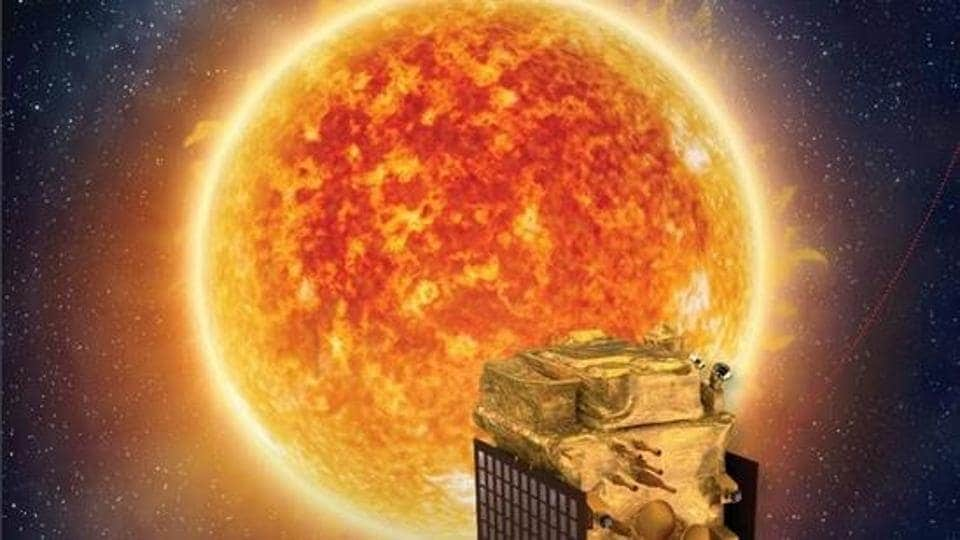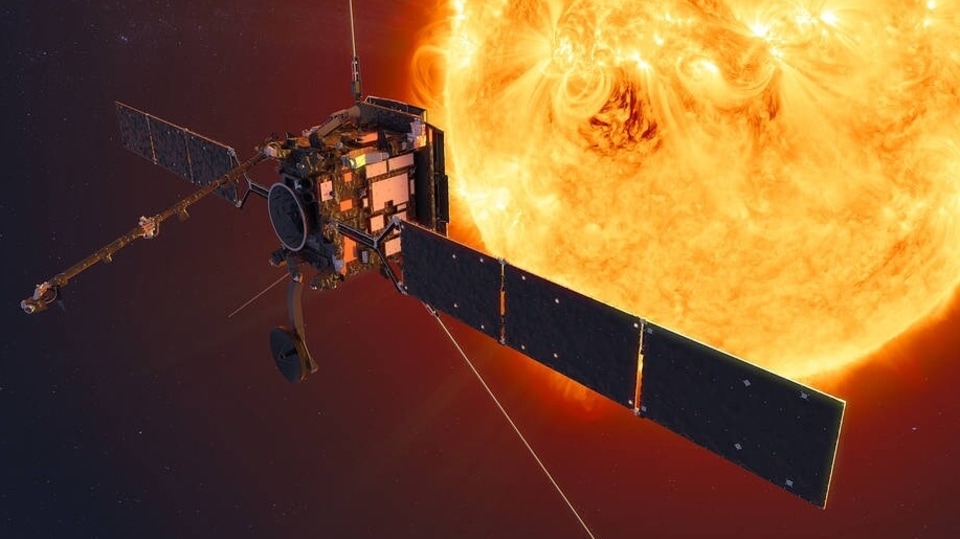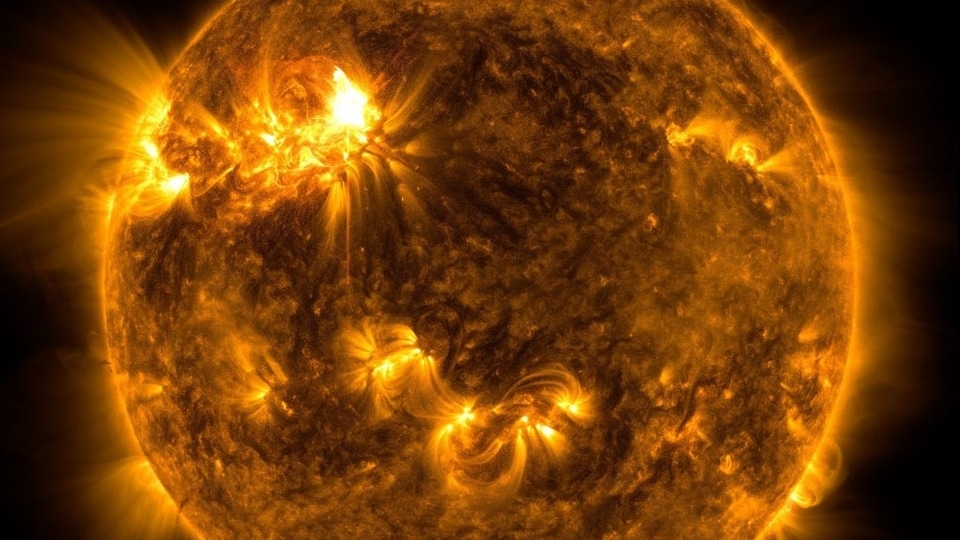Aditya-L1 mission launch: Know all about the tech aboard the ISRO spacecraft
To achieve all its mission objectives, ISRO's Aditya-L1 spacecraft is packed with groundbreaking technology and a vast array of sensors that will help carry out various studies of the Sun during its almost 5-year mission.






 View all Images
View all ImagesAfter the historic success with the Chandrayaan-3, the Indian Space Research Organisation (ISRO) is ready to embark on yet another momentous mission, this time to the Sun. The mission, called Aditya-L1, will lift off from launch pad 2 of the Satish Dhawan Space Centre in Sriharikota today, September 2. It is India's first space-based observatory-class solar mission which aims to unravel the mysteries of the Sun, such as the cause behind Coronal Mass Ejections (CMEs), solar flares, solar weather, and more.
To achieve all these objectives, the Aditya-L1 spacecraft is packed with groundbreaking technology and a vast array of sensors that will help carry out various studies of the Sun from the first Lagrange point (L1) of the Sun-Earth system during its almost 5-year mission.
Tech aboard Aditya-L1
According to ISRO, Aditya-L1 is carrying seven payloads to study the photosphere, chromosphere and coronal layer of the Sun, which will be done using electromagnetic and particle directors. While four of the payloads will be directly facing the Sun, the other three will conduct in-situ analysis from L1 of the solar particles and the solar fields. All the payloads will help scientists develop a greater understanding of the dynamics of solar weather, problems of coronal heating, pre-flare and flare activities, and more.
The seven payloads are - Visible Emission Line Coronagraph (VELC), Solar Ultra-violet Imaging Telescope (SUIT), Solar Low Energy X-ray Spectrometer (SoLEXS), High Energy L1 Orbiting X-ray Spectrometer (HEL1OS), Aditya Solar wind Particle EXperiment (ASPEX), Plasma Analyser Package for Aditya (PAPA), and Magnetometer (MAG).
1. Visible Emission Line Coronagraph (VELC) - This payload, developed jointly by ISRO and the Indian Institute of Astrophysics, Bengaluru, will study the behaviour of coronal mass ejections and the solar corona.
2. Solar Ultra-violet Imaging Telescope (SUIT) - The Solar Ultra-violet Imaging Telescope will measure the solar irradiance in the near ultraviolet (UV) by imaging the solar Chromosphere and Photosphere in near UV. SUIT has been developed by ISRO in collaboration with the Inter University Centre for Astronomy and Astrophysics, Pune.
3. Solar Low Energy X-ray Spectrometer (SoLEXS) and High Energy L1 Orbiting X-ray Spectrometer (HEL1OS) - The SoLEXS and HEL1OS payloads have been developed at the U R Rao Satellite Centre in Bengaluru. These payloads will study the X-ray flares emitted by the Sun over a wide range of X-ray energy range.
4. Aditya Solar wind Particle EXperiment (ASPEX) and Plasma Analyser Package for Aditya (PAPA) - ASPEX and PAPA payloads are designed to analyse the solar winds and their energetic ions, as well as their energy distribution. ASPEX was developed at the Physical Research Laboratory, Ahmedabad while PAPA was developed at the Space Physics Laboratory, Vikram Sarabhai Space Centre in Thiruvananthapuram.
5. Magnetometer (MAG) - The Magnetometer, developed by the Laboratory for Electro Optics Systems, Bengaluru, will study and measure the interplanetary magnetic fields at the Lagrange 1 (L1) point.
All these payloads will help carry out in-situ experiments and help scientists unearth the Sun's mystery. Be sure to check out our live coverage of the Aditya-L1 launch today.
Catch all the Latest Tech News, Mobile News, Laptop News, Gaming news, Wearables News , How To News, also keep up with us on Whatsapp channel,Twitter, Facebook, Google News, and Instagram. For our latest videos, subscribe to our YouTube channel.






























